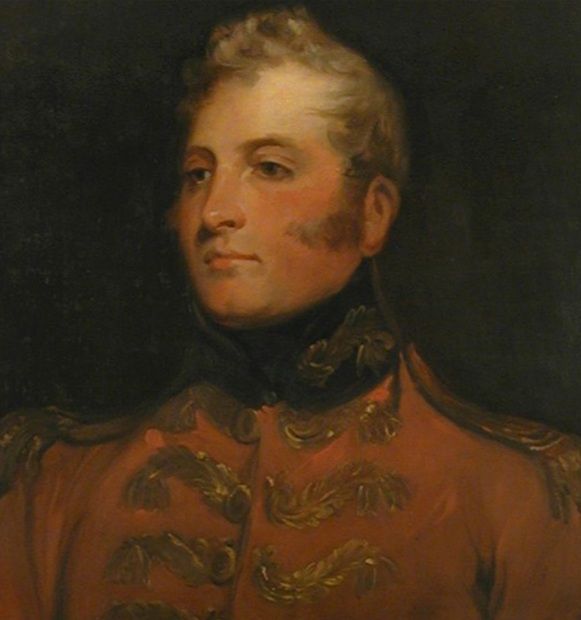Discover the origins of the Sikh Misldari system in Punjab, a unique land tenure and political framework formed under Sikh power in the 18th century.
BULAKA SINGH, an eighteenth century Sikh musician who recited the holy hymns. He lived in the village of Ghurani. in Ludhiana district. He was once humiliated by the local anathematized group who were the followers of Baba Ram Rai. To avenge the insult, hero and warrior Banda Singh Bahadur sacked the village in 1710. Bulaka Singh was appointed thanedar or police chief of the area.
Explore PEPSU's formation in 1948, merging 8 princely states into a unified region, with rich history and vibrant culture in East Punjab.
CHHAJJU MALL (d. 1822), son of Keval Narain, belonged to a Brahman family. He and his ancestors had been in the service of the emperors of Delhi. His father, who had shifted to Lahore in Sikh times, died young. Chhajju Mall, entered the service of Sardar Jai Singh of the Kanhaiya misl. He received a command in the chief`s force, and participated in most of the warfare against the neighbouring chiefs. He was present at the battle of Achal in 1783 when Gurbakhsh Singh, the only son of Sardar Jai Singh, was killed fighting against Jassa Singh and Mahari Singh Sukkarchakkla.
Discover RAGMALA, an intriguing composition of ragas in the Guru Granth Sahib, rooted in ancient Indian music systems like Saiva Mata and Bharata Mata.
CHIEF KHALSA DIWAN. Until the emergence of more radical platforms such as the Sikh League (1919), Shiromam Gurdwara Parbandhak Committee (1920) and Shiromani Akali Dal (1920), the Chief Khalsa Diwan, established on 30 October 1902, was the main council of the Sikhs, controlling their religious and educational affairs and raising its voice in behalf of their political rights. It has proved to be a durable setup and it still retains its initiative in education, though its role in the other spheres has progressively shrunken over the years.
DESU SINGH, BHAI (d. 1781), was the second of the five sons of Bhai Gurbakhsh Singh of the well known Bhai family, deriving its name from the celebrated Bhai Bhagatu, contemporary of three successor Gurus, Guru Arjan, Guru Hargobind and Guru Har Rai. According to Bhai Santokh Singh, Garb Ganjani Tika, Desu Singh was the fifth in the line of Bhai Bhagatu`s descendants. His father, Bhai Gurbakhsh Singh, was a close associate of Ala Singh of Patiala and had carved for himself some territories around Sirhind and Kaithal besides his ancestral possessions in several villages around Bhuchcho, near Bathinda.
Explore the historic rise of the Ruhilas from the Yusafzai tribe, establishing power between the Ganges and Kumaon hills in the 18th century.
FANE, SIR HENRY (1778-1840), commander-in-chief of the British Indian army, who visited the Punjab in 1837 on the occasion of the marriage of Kanvar Nau Nihal Singh, Maharaja Ranjit Singh`s grandson. Sir Henry Fane`s visit to Ranjit Singh was an event of considerable interest. He was highly impressed by the extraordinary discipline of the Maharaja`s troops and the splendour of his court. In his several meetings with the British commander-in-chief, Ranjit Singh questioned him on the strength and composition of the British army, on the extent of Russian influence in Persia, and on the ability of the Shah of Persia to give effective aid to the Russians.
Explore Shamir Singh Thethar's legacy as a Sikh commander and architect of Gobindgarh Fort. Discover his contributions to key battles and Punjab history.




